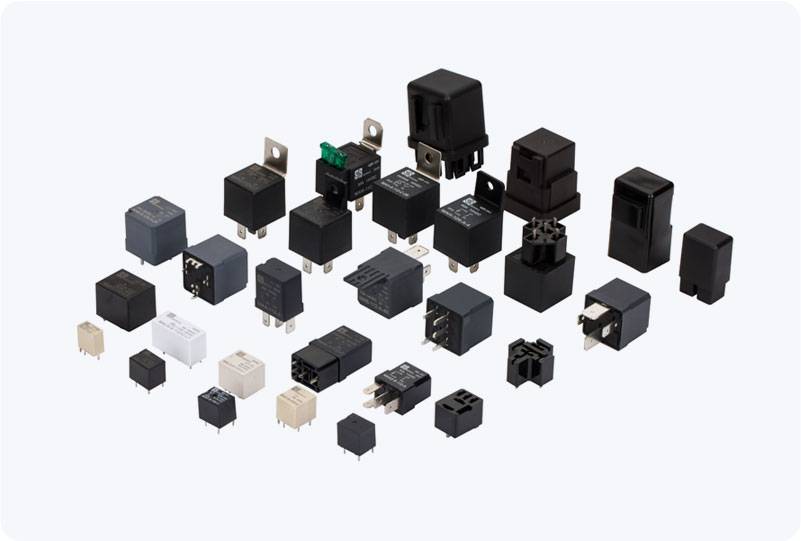In industries such as oil and gas, chemicals, and mining, safety is paramount, particularly when working in environments that present an explosion risk. Hazardous Area Relays (HAR) are critical components in these sectors, playing an essential role in controlling electrical systems in environments that are potentially explosive. These relays are designed to prevent electrical equipment from becoming a source of ignition in volatile surroundings, where gases, vapors, or dust may cause dangerous explosions. In this article, we will explore the importance, design, applications, and standards of Hazardous Area Relays, underscoring their role in ensuring the safety and reliability of operations in hazardous environments.

What is a Hazardous Area Relay? A Hazardous Area Relay is a specialized type of relay that is used to control electrical circuits and equipment in hazardous environments, such as those with flammable gases, vapors, or combustible dust. These relays are engineered to function safely in areas where there is a risk of fire or explosion due to the presence of dangerous substances. The primary purpose of HARs is to prevent electrical faults from creating sparks, overheating, or other hazardous conditions that could ignite a potentially explosive atmosphere. These relays are often part of a broader safety system designed to isolate and control electrical circuits, ensuring that no component can contribute to ignition. They are typically built to meet strict international safety standards, such as ATEX (Atmosphères Explosibles) in Europe and IECEx (International Electrotechnical Commission Explosion Protection), which ensure that the equipment can withstand hazardous environments without posing a risk.